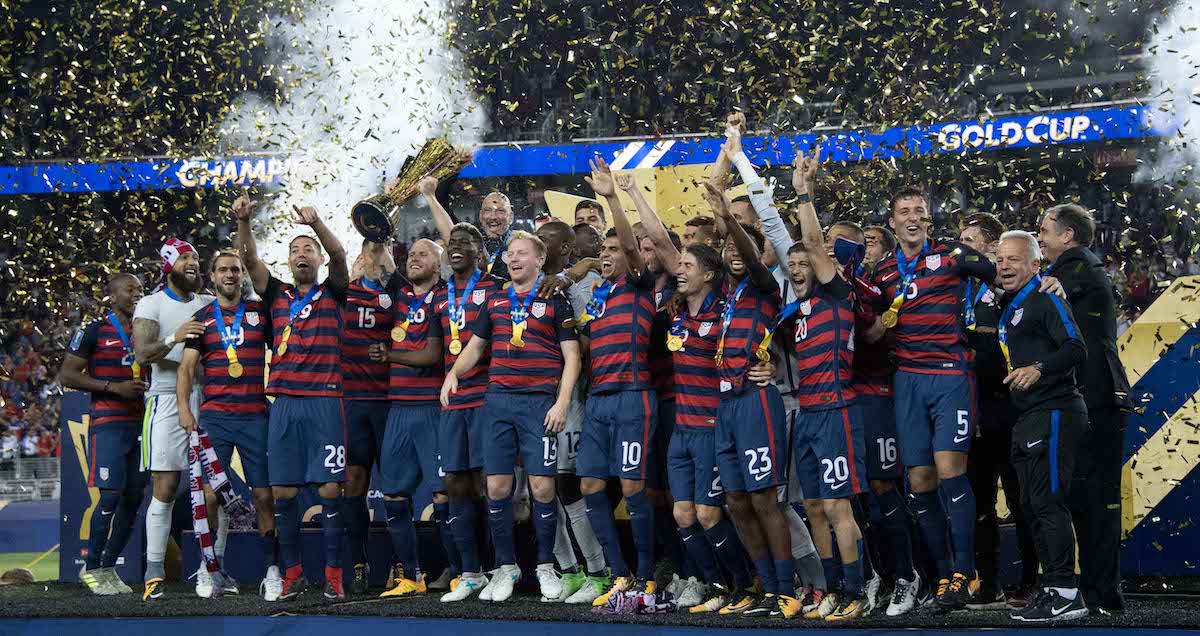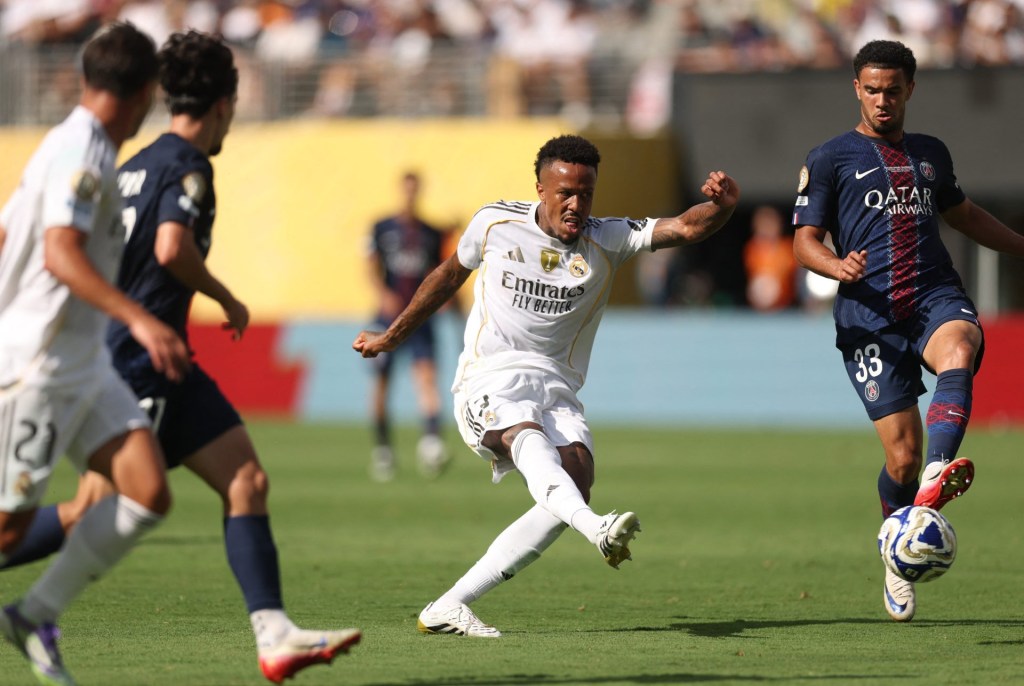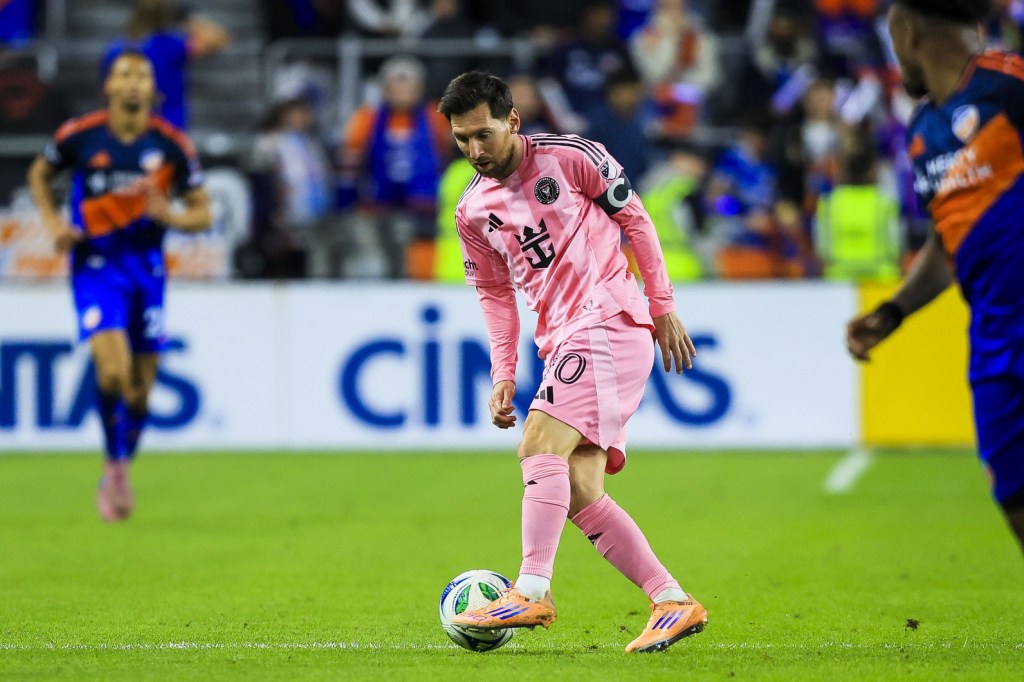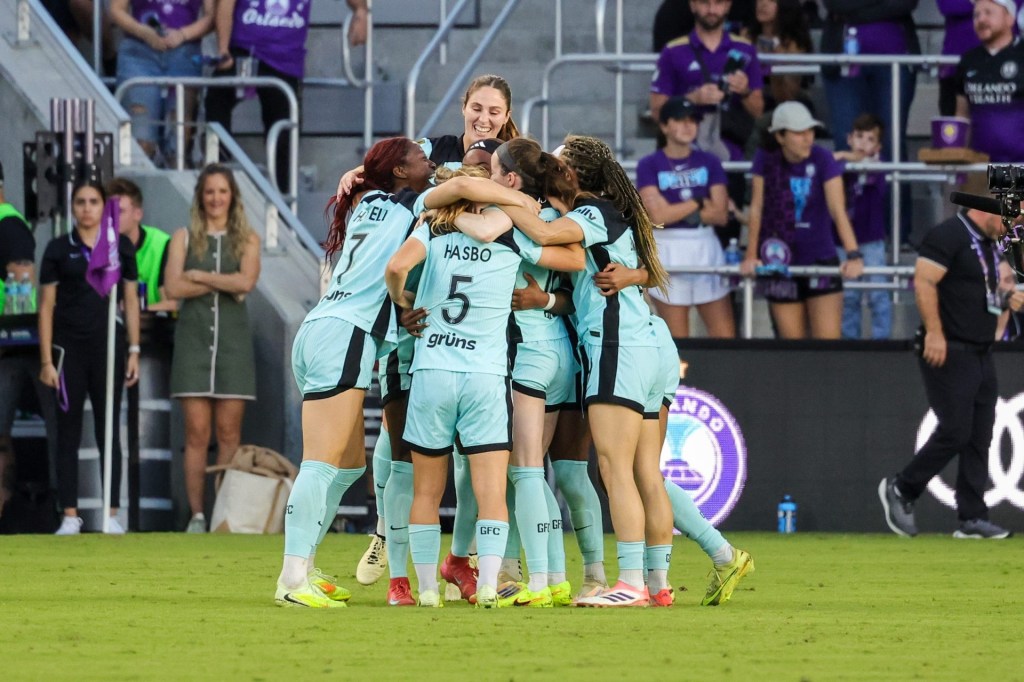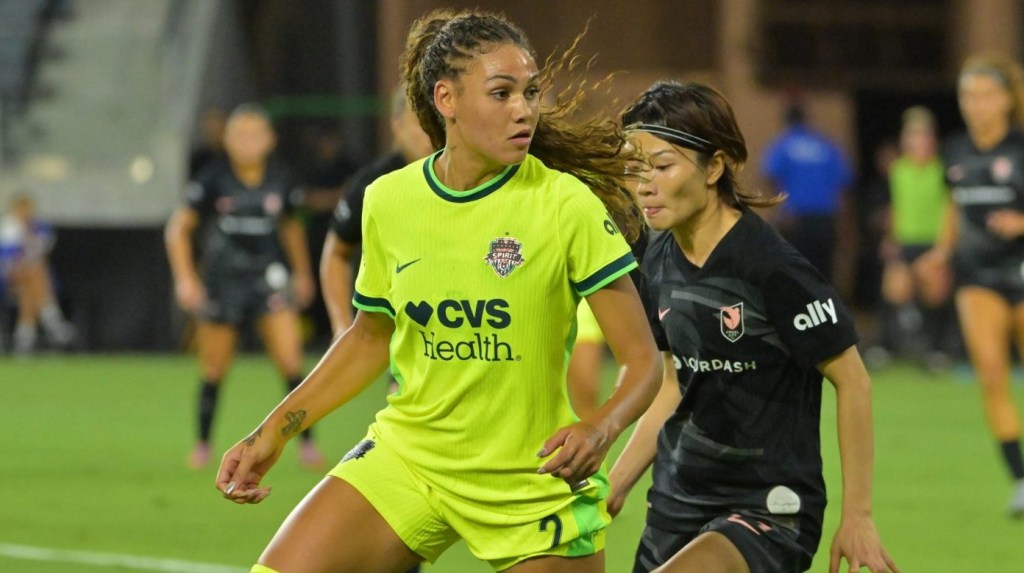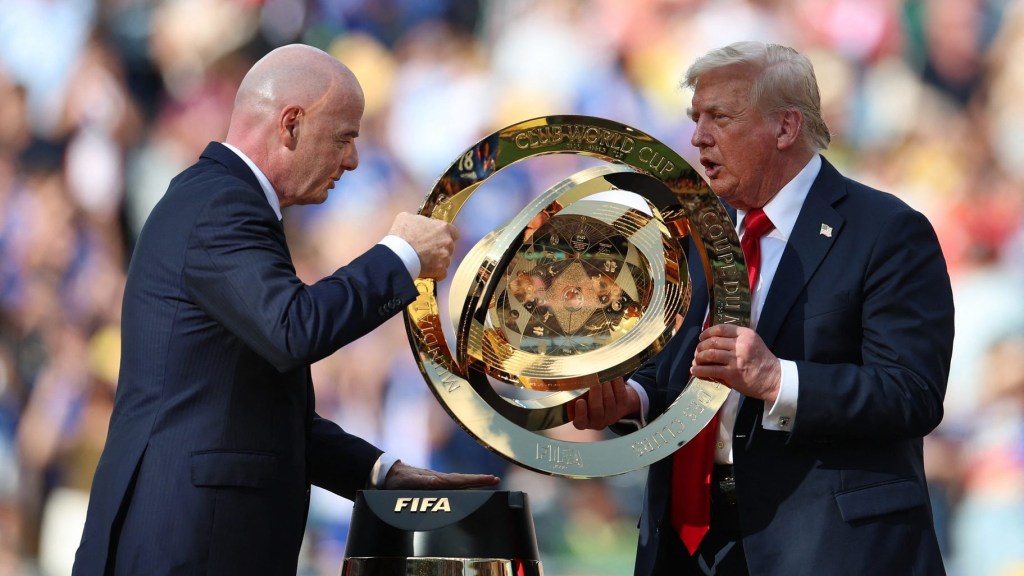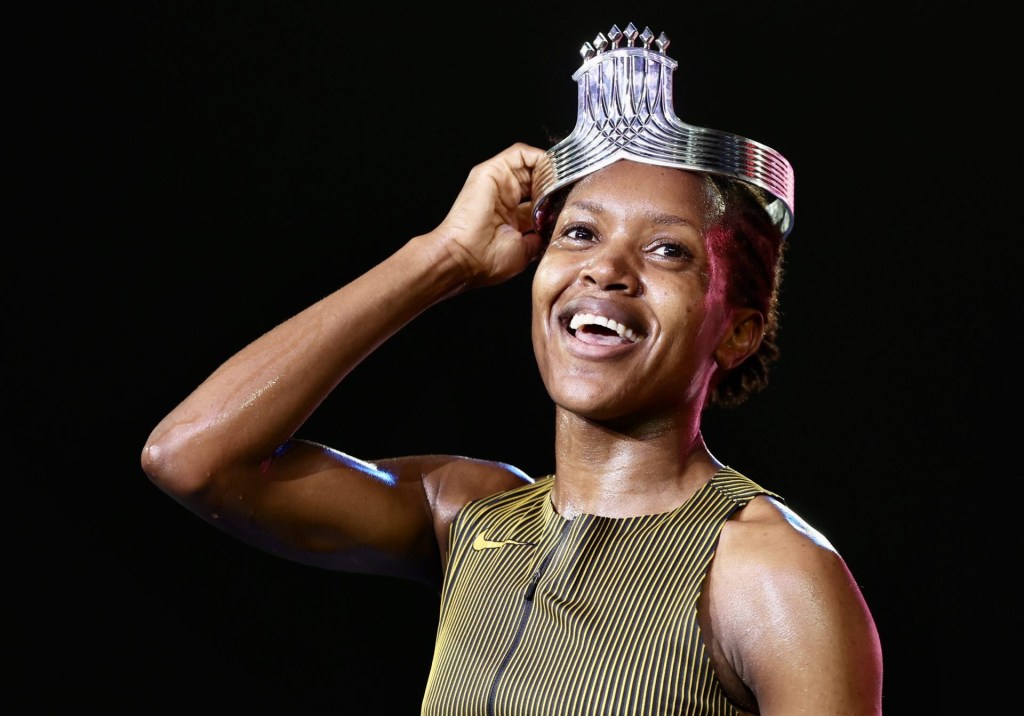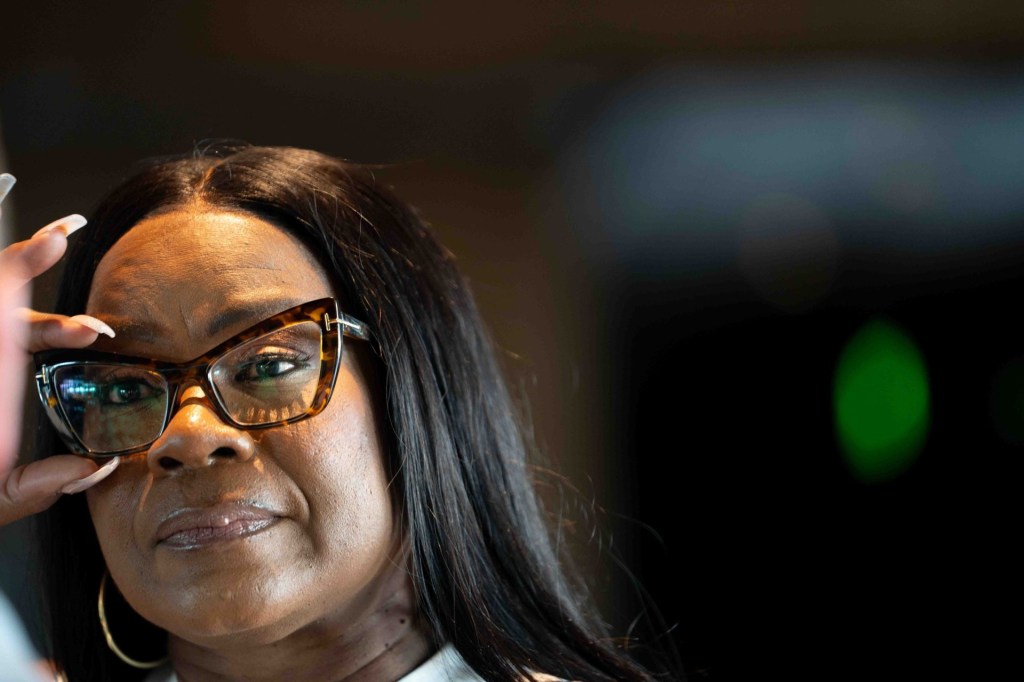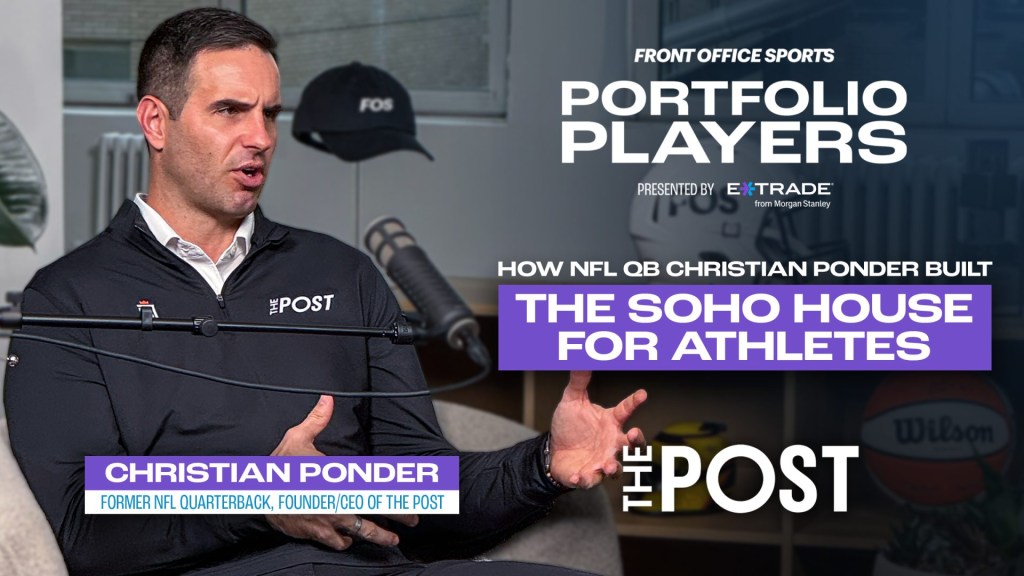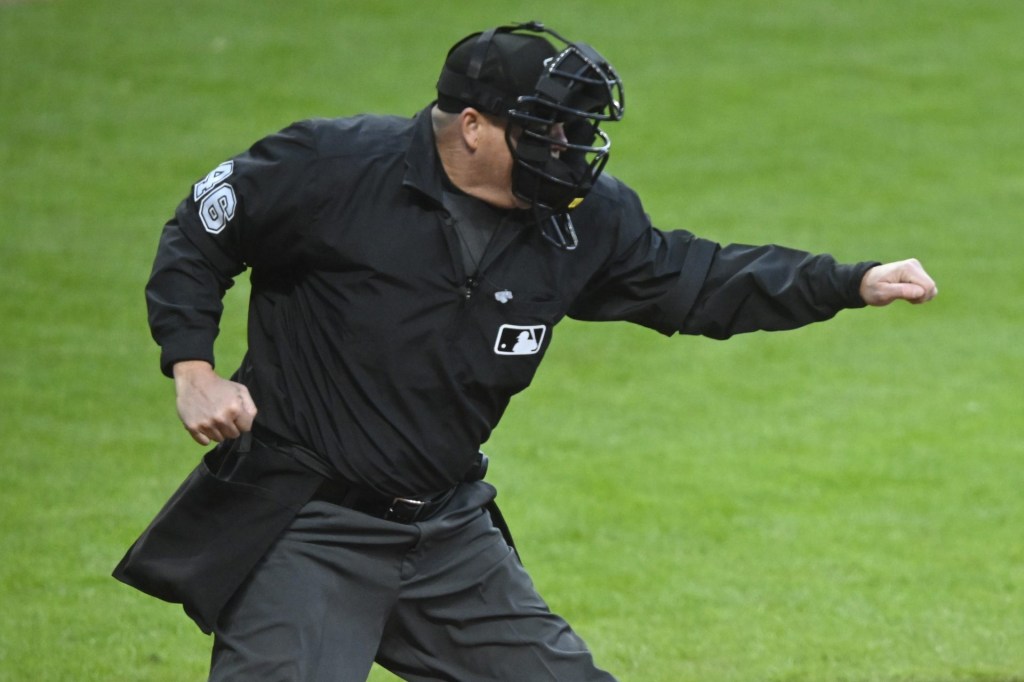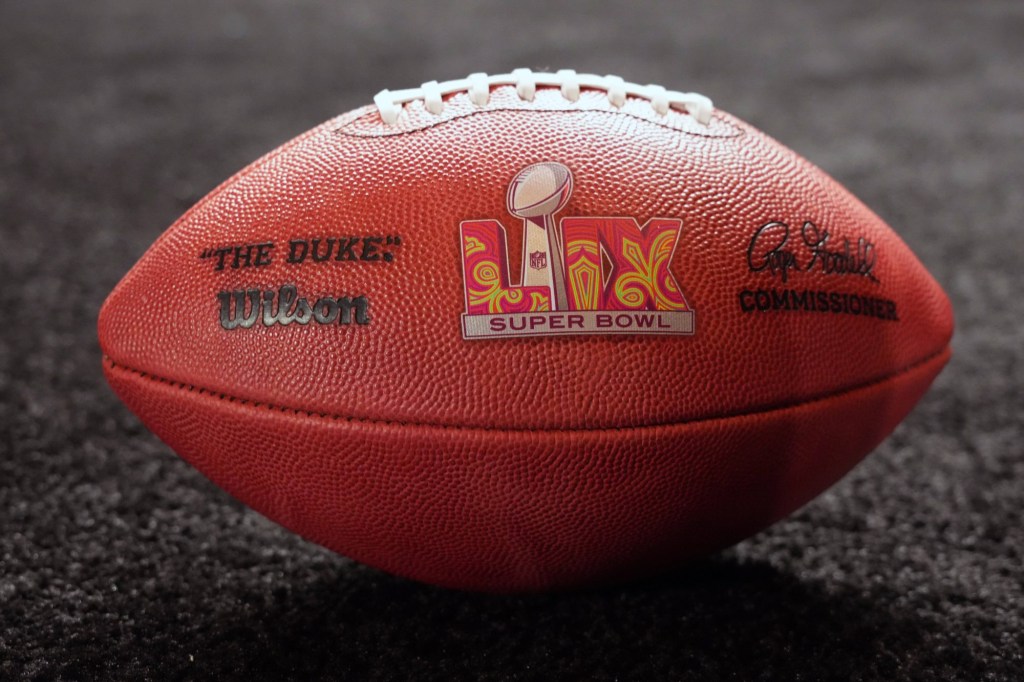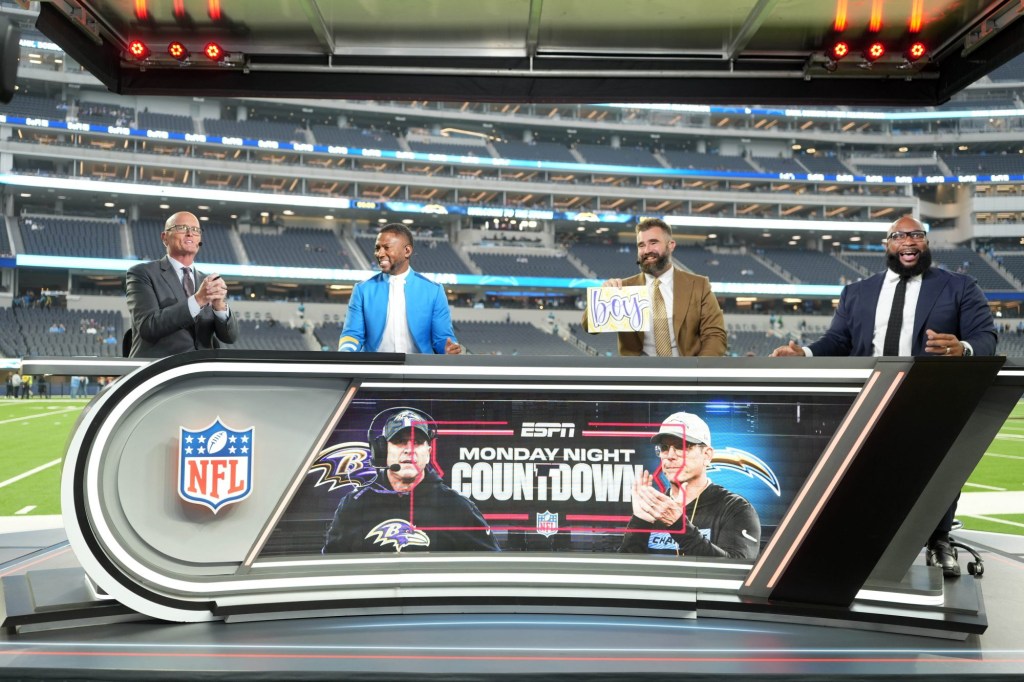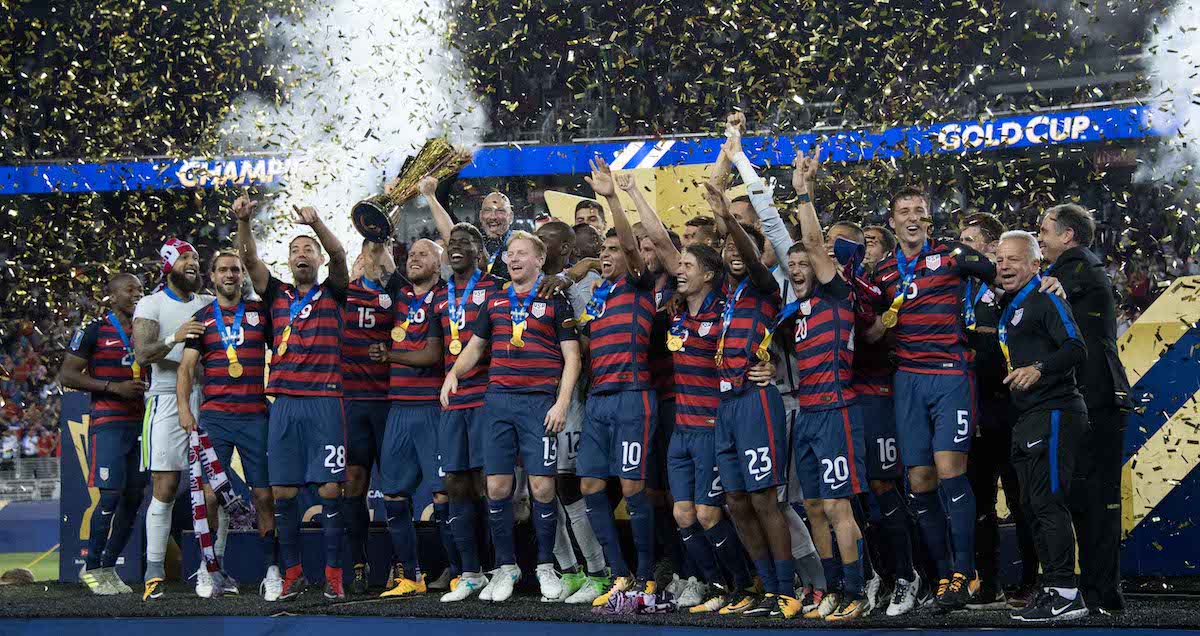
Photo Credit: Kyle Terada-USA TODAY Sports
This summer’s CONCACAF Gold Cup is set to be the largest in the tournament’s 15 years, which executives believe signifies the growth of soccer in North America. The Gold Cup’s growth is also attracting aided by larger sponsors, like this year’s commitment from Valvoline.
This year’s tournament, which pits national teams from North and Central America and the Caribbean, has expanded to 16 teams, an increase from the previous number of 12. Likewise, along with 15 venues across the U.S., Gold Cup games will be played outside the U.S., Canada and Mexico for the first time thanks to games in Costa Rica and Jamaica.
“We’re talking our game closer to the fans in the region,” said Philippe Moggio, CONCACAF general secretary. “Our mandate is to continue to develop the sport across our region, and one important priority is creating access to the sport.”
READ MORE: Lowe’s Builds On New NFL Partnership With Draft Activations
The growth in the number of teams and territory where the games are played is part of a play to also grow viewership, said Carter Ladd, senior vice president of Soccer United Marketing, which organizes the Gold Cup from venue selection to sponsorships. The 2017 Gold Cup attracted 80 million viewers in 180 countries, including 40 million viewers in the U.S.
There’s additional hope that by aligning the tournament’s timetable with the 2019 Women’s World Cup, soccer fans can enjoy high-quality soccer all day.
“It’s a wonderful celebration of all the region’s countries,” Ladd said. “We want to have a broader reach than Puerto Rico or Mexico, but the broader region as a whole.”
Soccer United Marketing launched prior to the 2002 World Cup when the tournament was in danger of not being broadcast in English in the U.S. In response, MLS club owners came together to found the separate marketing arm and purchased the broadcast rights. Since the firm’s founding, Ladd said it’s had a steady role in helping grow the commercial success of soccer in the U.S.
Now the firm wants to bolster the economics across North American soccer. This year, Ladd said Valvoline brings a unique aspect to the tournament’s partners as the oil company’s relevance stretches to all 180 nations where the tournament is broadcast. The sponsor joins a roster of partners including Nike, Sprint, Toyota, Scotiabank, Allstate, Camarena and Modelo.
[mc4wp_form id=”8260″]
Along with Valvoline’s global reach, Ladd said he’s excited about the nationwide local activation Valvoline will have in the U.S. through a partnership with O’Reilly Auto Parts. Included as part of the sponsorship will be “Valvoline High Mileage Player of the Match,” a nod to the brand’s high-mileage synthetic oil.
It’s not Valvoline’s first venture into soccer, as the brand has sponsored Manchester City in the English Premier League. Tim Ferrell, Valvoline vice president of brand equity and consumer marketing, said the company had been in talks with CONCACAF for more than three years as soccer provides an exciting sport with a worldwide audience.
“Any time you have an event that creates this much excitement is attractive to a brand,” Ferrell said. “There’s a lot of audience attention and opportunity to present our message. Also, we believe sports — soccer, in particular — have avid fans who are more likely to be DIYers.
“It’s that combo of excitement with a place where we know our audience is.”
While Soccer United Marketing helps the commercial viability of soccer, Moggio believes the Gold Cup has had a major impact on growing the game of soccer in the North American region. He points to Panama’s 2018 World Cup qualification, Jamaica making the past two Gold Cup finals, and Guyana and Bermuda qualifying for the Gold Cup this year as prime examples of how the tournament has helped grow the region’s soccer power outside of the U.S., Mexico and Costa Rica.
READ MORE: Univision Deportes Plans to Dominate US Soccer Viewership
“We find this competition, beyond crowning a regional champion, is the best way for all our countries to develop,” Moggio said. “We’re seeing more balanced competition, and the countries of Central America have really rallied behind what this competition entails and using the opportunity to get fully in-line with World Cup qualifying.”
As the competition continues to help balance the North American soccer field, and sponsorship and viewership continues to grow, Moggio fully expects the Gold Cup to dominate sports viewing every other summer.
“Given the development of the sport and the relevance that it brings the best players of region competing in a centralized competition during that month, it’s very important competition to follow for soccer fans across the globe,” he said. “We see that taking hold, with tremendous upside in attention we can garner.”
